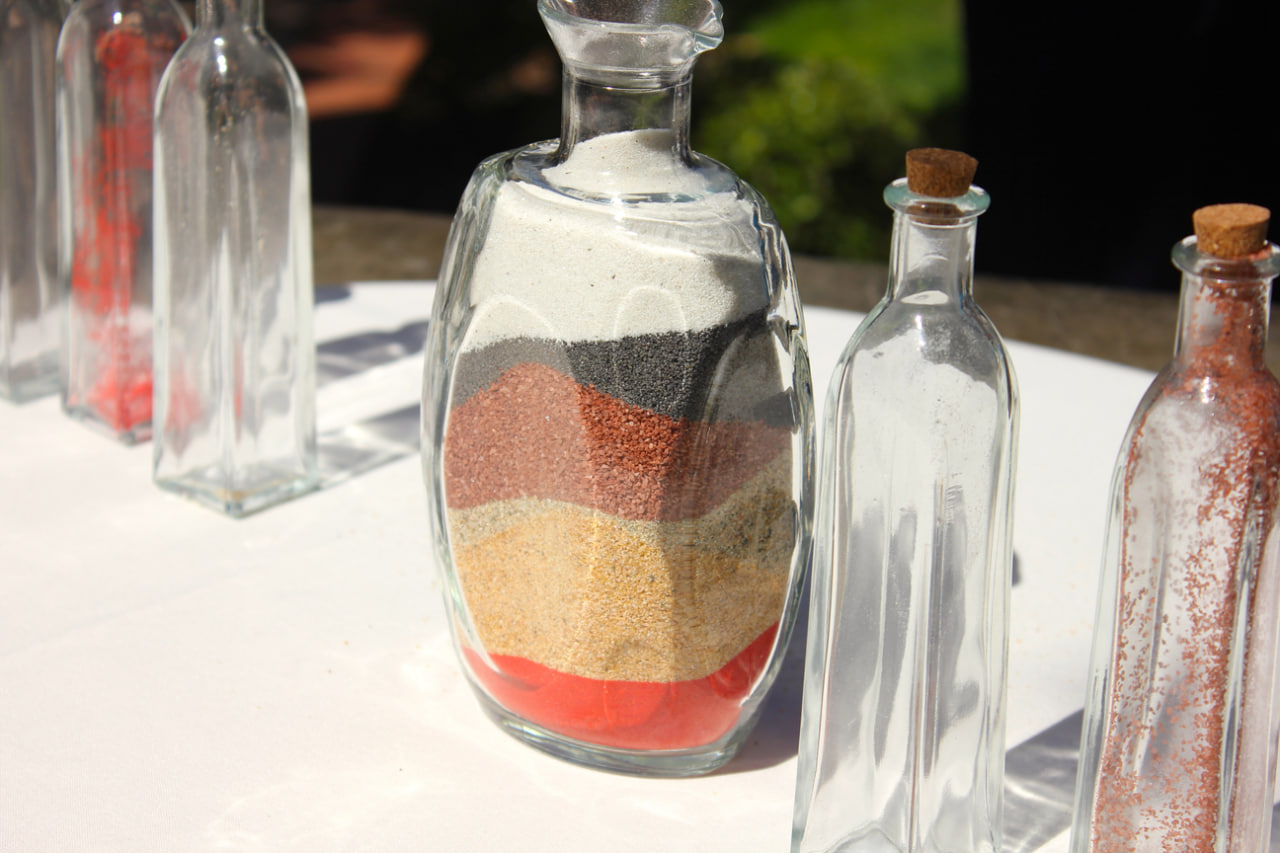In today’s fast-paced world, people are constantly looking for ways to reduce stress and reconnect with their inner creativity. While traditional forms of art therapy such as painting or sculpting have long been recognized for their benefits, sand animation is emerging as a unique form of creative therapy. It not only provides relaxation but also stimulates the imagination in ways that are deeply engaging and fulfilling.
The Therapeutic Power of Creative Expression
Art has always been a natural outlet for emotions. When words are not enough, creative expression allows individuals to release stress, communicate feelings, and find balance. Sand animation offers a distinctive form of this expression. Unlike traditional art forms, it is transient—the images created are temporary, constantly shifting from one form to another.
This impermanence makes sand animation especially therapeutic. By focusing on the process rather than the final result, individuals can let go of perfectionism and embrace the joy of creation. Each movement of the hand becomes an act of mindfulness, grounding the artist in the present moment.
How Sand Animation Reduces Stress
Stress often builds up when the mind is overwhelmed by responsibilities, anxieties, or repetitive thoughts. Engaging in sand animation interrupts this cycle by encouraging focus on a tactile, creative task. The feel of sand beneath the fingers, combined with the visual transformation on the light table, creates a calming sensory experience.
The rhythmic movements of spreading, shaping, and brushing sand help slow down breathing and heart rate, creating a meditative state. This process has been compared to practices like mandala drawing or even yoga, where repetitive actions induce relaxation. For many people, the act of watching sand art can be just as calming as creating it, offering stress relief through visual immersion.
Stimulating the Imagination Through Sand Animation
While sand animation is soothing, it also sparks creativity. Because the medium is constantly changing, it invites experimentation. A single gesture can transform a landscape into a portrait or turn a simple shape into an entirely new story.
This continuous transformation nurtures flexible thinking. It encourages the brain to explore possibilities, adapt to change, and see beyond fixed ideas. For children, it develops imagination and problem-solving skills. For adults, it reignites the playful, exploratory side of creativity that is often lost in daily routines.
Sand Animation as a Tool for Personal Growth
Beyond stress reduction and creativity, sand animation can be a tool for self-discovery. Many therapists incorporate sand art into sessions as a way for individuals to express feelings they may not be able to verbalize. The nonverbal nature of the medium allows emotions to surface in abstract yet meaningful ways.
It also fosters patience and acceptance. Since sand drawings are temporary, creators learn to appreciate the process rather than hold onto the outcome. This lesson in letting go can extend to other areas of life, helping people face change and uncertainty with greater resilience.
Bringing Sand Animation Into Everyday Life
The beauty of sand animation therapy is its accessibility. One does not need to be an artist to enjoy its benefits. With just a simple sand tray and light table, individuals can practice at home. Even short sessions can provide relief from stress and open the door to imaginative expression.
For schools, sand animation workshops can support children’s emotional development while encouraging creativity. In workplaces, it can be used as part of wellness programs, offering employees a break from routine tasks and a way to recharge mentally.
A Modern Form of Mindful Creativity
Sand animation is more than an art form; it is a modern form of mindfulness. It connects the mind and body through simple movements, encourages the imagination to flourish, and offers a powerful antidote to stress. In a world where many seek balance, sand animation provides both relaxation and inspiration in the most unexpected medium—grains of sand that come to life through human touch.

